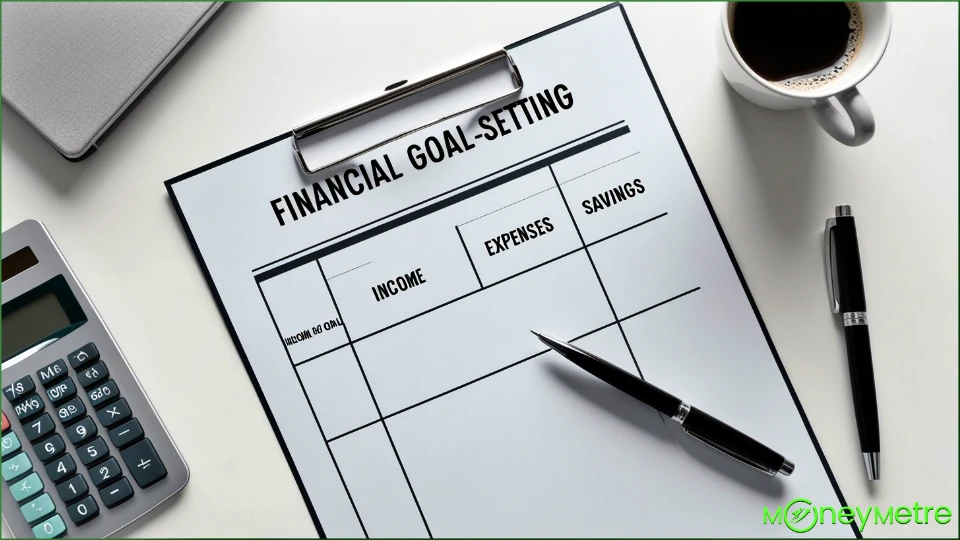In today’s world, having an emergency fund isn’t just a “nice-to-have” — it’s essential. An emergency fund is a financial safety net, a dedicated savings account for unexpected expenses like medical bills, car repairs, or temporary job loss.
For those in the United States, where emergency costs and living expenses can be high, an emergency fund provides a crucial layer of financial security. Not only does it help you avoid high-interest debt, but it also brings peace of mind, knowing that you’re prepared for life’s unpredictable challenges.
Building an emergency fund can seem daunting, especially when budgets are already stretched thin. But setting aside even a small amount each month can help you get started.
In this article, we’ll walk through the best ways to build an emergency fund, why it’s essential, and how it can set you up for financial stability.
Why Build an Emergency Fund?
Emergencies can disrupt our lives in various ways, often leading to financial hardship. Here are some key reasons why everyone should prioritize building an emergency fund:
- Avoid Debt: Without an emergency fund, unexpected expenses can lead to high-interest credit card debt or even loans.
- Peace of Mind: Knowing you have a cushion for the unexpected helps reduce stress and lets you focus on long-term financial goals.
- Job Security: In case of sudden job loss, an emergency fund can help cover essential bills, allowing time to find suitable employment.
- Medical Emergencies: With rising healthcare costs, an emergency fund can be a lifesaver if you face any medical expense not fully covered by insurance.
10 Best Ways to Build an Emergency Fund
To make the process of saving up an emergency fund more manageable, here are some effective strategies:

1. Set a Target Amount
Before building an emergency fund, it’s crucial to set a goal amount. Financial experts recommend saving at least three to six months’ worth of living expenses. Start with a more achievable goal, like $500 to $1,000, and gradually increase it.
2. Automate Your Savings
One of the best ways to build an emergency fund is by setting up automatic transfers from your checking account to a dedicated savings account. Many banks allow you to schedule these transfers monthly or bi-weekly, making it easier to save without actively thinking about it.
Benefits:
- Automates the saving process, making it consistent.
- Eliminates the temptation to spend the money.
3. Cut Back on Unnecessary Expenses
Analyze your monthly expenses and identify areas where you can cut back, even if temporarily. For instance, cooking at home instead of dining out, skipping premium streaming services, or reducing shopping for non-essential items can free up extra cash.
Benefits:
- Quickly frees up funds for saving.
- Encourages mindful spending habits.
4. Sell Unused Items
Consider selling items you no longer need or use. Sites like eBay, Craigslist, and Facebook Marketplace make it easy to sell everything from clothing and electronics to furniture. Even a few hundred dollars from unused items can jumpstart your emergency fund.
Benefits:
- Turns unused items into quick cash.
5. Use Windfalls Wisely
Any unexpected income, like tax refunds, bonuses, or gift money, is a great opportunity to boost your emergency fund. While it can be tempting to spend these windfalls, allocating at least part of them to savings can make a big difference.
Benefits:
- Builds savings quickly without affecting your regular budget.
- Encourages responsible financial habits.

6. Take on a Side Gig
A side hustle can be a powerful way to increase your income and build an emergency fund faster. Consider options like freelance writing, pet sitting, or gig economy jobs like Uber, Lyft, or DoorDash. Even a few hours per week can add up over time.
Benefits:
- Provides a steady income source dedicated to savings.
- Offers flexibility to work on your schedule.
7. Open a High-Yield Savings Account
Placing your emergency savings in a high-yield savings account allows your money to earn interest, helping it grow faster than in a standard savings account. Many online banks offer these accounts with competitive rates and minimal fees.
Benefits:
- Increases savings passively through interest.
- Keeps your emergency fund separate from regular spending accounts.
8. Round Up Purchases to Save
Apps like Acorns allow you to round up everyday purchases to the nearest dollar and invest the spare change in a savings account. Over time, these small amounts can grow into a substantial emergency fund.
Benefits:
- Builds savings without a large upfront commitment.
- Helps you save without actively thinking about it.
9. Set Up a Savings Challenge
Participating in savings challenges, like the 52-week challenge where you save an increasing amount each week, can be a fun and structured way to build an emergency fund. Alternatively, try a “no-spend” month to see how much you can save by avoiding non-essential purchases.
Benefits:
- Adds structure and motivation to saving.
- Turns saving into a rewarding experience.
10. Use Cashback Rewards for Savings
Cashback apps like Rakuten and Ibotta allow you to earn money on everyday purchases. Instead of spending these rewards, deposit them into your emergency fund.
Benefits:
- Saves while shopping.
- Converts rewards into a long-term asset.
Conclusion
Creating an emergency fund takes discipline, but the financial security it provides is worth the effort. By starting small, setting up automatic transfers, and using unexpected windfalls, you can gradually build a solid cushion to handle life’s unexpected expenses.
The best ways to build an emergency fund vary, so find the methods that work for you and stick to them. Remember, the ultimate goal is not just to save but to create peace of mind and financial stability.
In the long run, you’ll thank yourself for having an emergency fund ready when the unexpected happens. Good luck on your journey to financial peace and security!
Read Also: 10 Legit Ways to Make Money and Passive Income Online
FAQs on Best Ways to Build an Emergency Fund
-
How much should I save in an emergency fund?
Financial experts recommend saving three to six months’ worth of living expenses.
-
What is the difference between a regular savings account and an emergency fund?
An emergency fund is specifically for unexpected expenses, while a regular savings account may be used for planned expenses.
-
Where should I keep my emergency fund?
It’s best to keep it in a high-yield savings account for easy access and growth through interest.
-
Can I use my emergency fund for planned expenses?
Ideally, no. Your emergency fund is for unplanned costs only. Consider a separate savings account for planned expenses.
-
Is it better to have cash or use a bank for an emergency fund?
A bank account, especially a high-yield one, is generally safer and allows your savings to grow.
-
Should I pay off debt or build an emergency fund first?
A small emergency fund should come first, then prioritize high-interest debt. Once debt is managed, continue to build your fund.
-
How often should I contribute to my emergency fund?
Regular monthly contributions are ideal, but adding any unexpected income can accelerate growth.
-
Is investing a good idea for emergency funds?
Not typically, as emergency funds should be liquid and low-risk. High-yield savings accounts are a better option for accessibility.
Read Other Latest Posts Below
 Note: This Website is for SALE! Mail us with your budget. Email- team@scienra.com
Note: This Website is for SALE! Mail us with your budget. Email- team@scienra.com 






